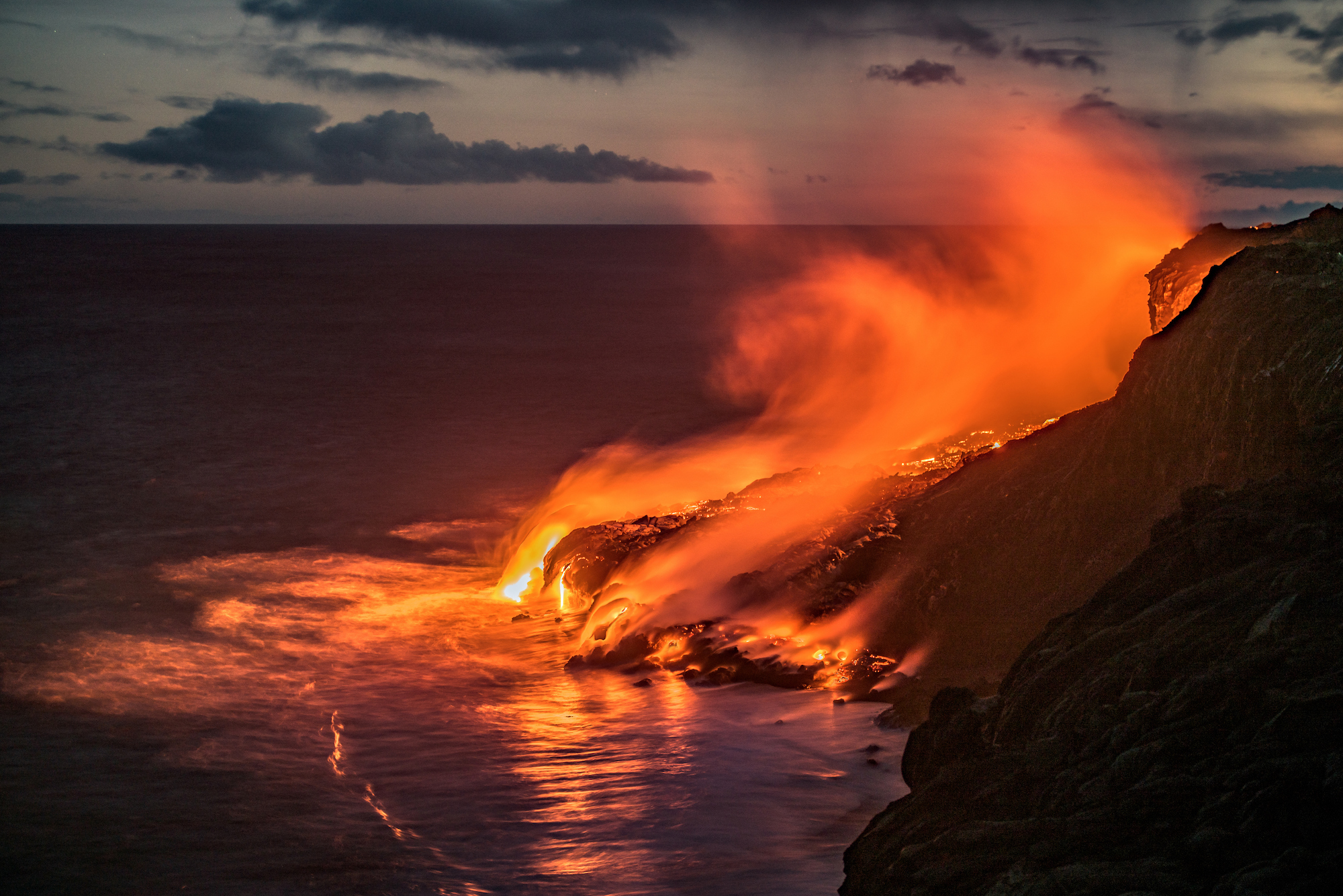New research reenvisions Earth’s mantle as a relatively uniform reservoir
September 19, 2024

September 19, 2024

Lavas from hotspots—whether erupting in Hawaii, Samoa or Iceland—likely originate from a worldwide, uniform reservoir in Earth’s mantle, according to an evaluation of volcanic hotspots published today in Nature Geoscience.
The findings indicate Earth’s mantle is far more chemically homogenous than scientists previously thought—and that lavas only acquire their unique chemical “flavours” enroute to the surface.
“The discovery literally turns our view of hotspot lavas and the mantle upside down,” said Dr. Matthijs Smit, associate professor and Canada Research Chair at the University of British Columbia’s Department of Earth, Ocean and Atmospheric Sciences. “In a way, Earth’s lavas are much like humankind itself—a beautifully diverse population with a common ancestor, which developed differently wherever it went.”
Research of Earth’s mantle has been complicated by the fact that it can’t be sampled directly. Scientists instead have to engage in a bit of geoscientific detective work; they study this important part of our planet through trace-element and isotope analysis of lava that comes from the mantle and is erupted at oceanic volcanoes around the world. The vast differences in composition of these lavas, along with the assumption that the isotope composition of magma doesn’t change between its source and the surface, has led to the general view that the mantle contains distinct reservoirs of different age, located in different regions, and formed by different processes. The observations made by Dr. Smit and co-author Dr. Kooijman of the Swedish Museum of Natural History’s Department of Geosciences indicate that the reality may be quite different.
“By looking at a specific set of elements, we were able discern the chemical effects of various processes that act on magma melts on their way to the surface to discover that all hotspot lavas actually share the same starting composition,” said Dr. Smit. “The lavas only come out differently because the magmas interact with different types of rocks as they ascend.”
Earth’s mantle is a seething layer of molten and semi-molten material comprising about 84 per cent of the planet’s volume, which lies between the iron core and the surface crust. When magma derived from the mantle penetrates the crust and erupts onto the surface it is called lava.
Knowing what the mantle is made of is central to our understanding of how our planet formed and how the mantle has developed over time. It may also provide clues as to why the mantle behaves the way it does, how it drives plate tectonics, and what its role is in the global cycle of elements.
Besides shedding entirely new light on hotspot lavas in oceanic parts of the world, the analysis also revealed an exciting new link to basaltic lavas on the continents. These melts, which contain diamond-bearing kimberlites, are fundamentally different from magmas found at oceanic hotspots. They nevertheless prove to have the same magma “ancestor”.
“The discovery is a game-changer when it comes to models for Earth’s chemical evolution and how we look at global element cycles,” said Dr. Smit. “Not only is the mantle much more homogeneous than previously thought, it likely also no longer contains “primordial reservoirs”—entities that were once needed to explain the data, but could never really be reconciled with the concept of mantle convection.”
“This model explains the observations in a simple way and permits a myriad of new hypotheses for global geochemical research going forward,” said Dr. Kooijman.
Financial support for this research was provided by the National Science and Engineering Research Council of Canada.
We honour xwməθkwəy̓ əm (Musqueam) on whose ancestral, unceded territory UBC Vancouver is situated. UBC Science is committed to building meaningful relationships with Indigenous peoples so we can advance Reconciliation and ensure traditional ways of knowing enrich our teaching and research.
Learn more: Musqueam First Nation